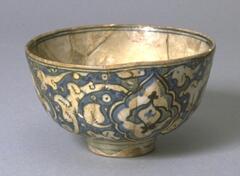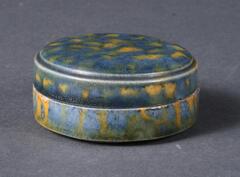32 UMMA Objects
32 UMMA Objects
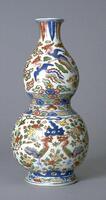
Chinese (Chinese (culture or style))
Double-Gourd Wall Vase
1573 – 1620
Gift of Marian Doering in memory of Paul M. Doering
1979/2.12
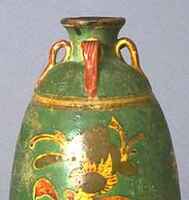
Chinese (Chinese (culture or style))
Bottle
1271 – 1368
Museum purchase for the Paul Leroy Grigaut Memorial Collection
1969/2.152
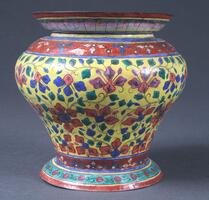
Chinese (Chinese (culture or style))
Vase (one of a pair)
19th century
Gift of Doris Duke's Southeast Asian Art Collection
2005/1.470.2
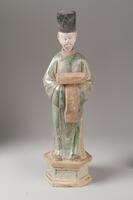
Chinese (Chinese (culture or style))
Male Attendant
1368 – 1644
Gift of Jiu-Hwa Lo Upshur
2009/2.105A&B
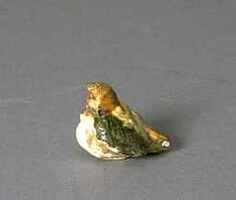
Chinese (Chinese (culture or style))
Small bird
618 – 906
Gift of Toshiko Ogita in memory of Tomoo Ogita
1987/1.289
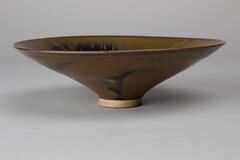
Chinese (Chinese (culture or style))
Teabowl
12th century
Museum purchase for the James Marshall Plumer Memorial Collection
1964/2.77
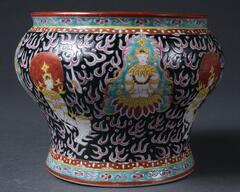
Chinese (Chinese (culture or style))
Bencharong Ware Spitton with Buddhist dieties Thapanom and Norasingh, and Chinese fire patterns
1800 – 1832
Gift of Doris Duke's Southeast Asian Art Collection
2005/1.464
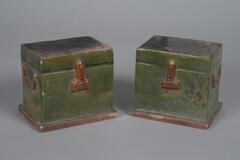
Chinese (Chinese (culture or style))
Pair of Chests
1368 – 1644
Gift of Jiu-Hwa Lo Upshur
2008/2.281
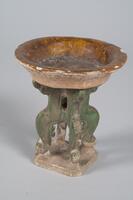
Chinese (Chinese (culture or style))
Basin on Stand
1368 – 1644
Gift of Jiu-Hwa Lo Upshur
2008/2.282
Loading…
